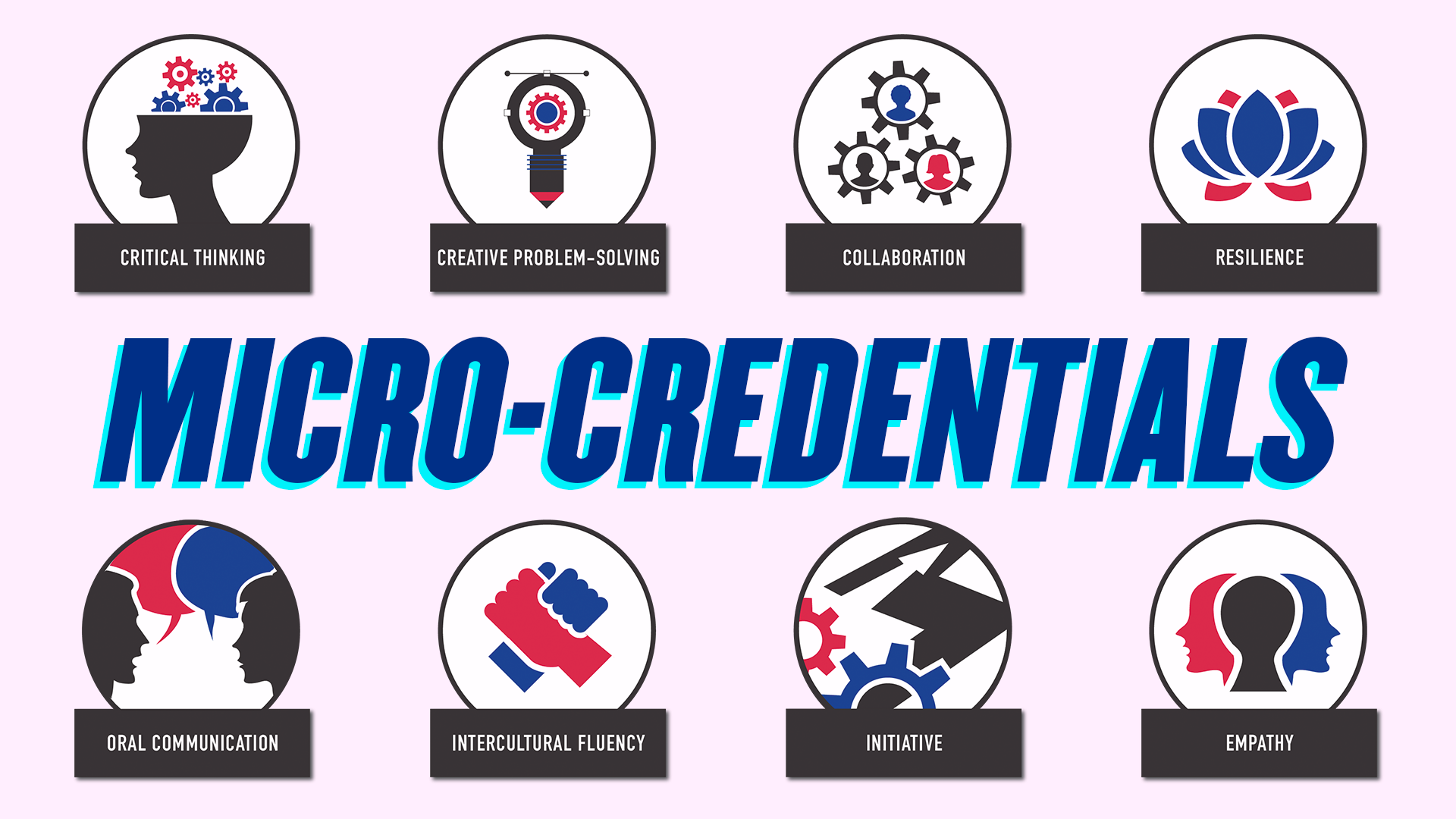IACT: Creativity for Tomorrow

Skills for the Future: Critical Thinking
By Adrienne Ausdenmoore, Director of IACT
The World Economic Forum names ‘critical thinking’ among the top three most important skills required to thrive in 2020 and beyond, and for good reason. Critical thinking is, well, critical for success in any line of work. To think critically means having the capacity to reason logically and rigorously - and it’s one of the applied creativity micro-credentials from Education Design Lab being offered through UD’s Institute of Applied Creativity for Transformation (IACT).
Critical thinking does NOT mean simply critiquing or criticizing someone else’s work or opinions, but rather taking a holistic view of the information and resources available before drawing a conclusion for yourself. For example, say you’re searching for a new cell phone provider. Before making a final decision, you would spend time gathering information and comparing the various plans by noting the pros and cons of each.
People who use critical thinking skills effectively demonstrate the ability to gather and assess relevant information, identify patterns, question assumptions, and then draw conclusions. Consider these 4 steps the next time you need to make a decision or form an opinion on an issue.
- Gather and assess relevant information: We are inundated with information and opinions every single day, and in the midst of all that noise, it can be difficult to base problem-solving on facts rather than assertions. Critical thinkers are able to take the time to identify core issues, distinguish facts from opinions, and develop a thoughtful analysis.
- Identify patterns: With so much information available, how might you make sense of data and recognize commonalities among situations that may at first appear unrelated? Practice this by taking a stack of post-it notes and writing a different idea or concept on each. By creating bundles or groups of ideas that are similar in some way, you can then organize the information and identify themes and patterns.
- Question assumptions: Do you resist easy answers? Are you curious and open to other perspectives? It’s impossible to avoid personal biases, but critical thinkers are able to identify those assumptions and reframe their thinking with them in mind. Avoiding “echo chambers” that only act to confirm your biases is an important part of questioning assumptions.
- Draw conclusions: There are many situations that we each face every day that require us to form judgments, make a decision and/or make recommendations to others. Becoming a thoughtful critical thinker requires both the ability and the willingness to scrutinize the evidence. We can then use our powers of logic and reasoning to evaluate and draw conclusions based on multiple sources of information.
The Institute of Applied Creativity for Transformation (IACT) is an academic institute training students in the creative competencies that today’s job market demands —
critical thinking, creative problem solving and cross-disciplinary collaboration — while applying those same skills to the students’ diverse disciplines of study. IACT is now launching micro-credentialing opportunities in partnership with Education Design Lab. Students enrolled in our courses have the opportunity to earn badges through Acclaim by Credly that can be added immediately and directly to their resume and LinkedIn profile, demonstrating to employers their ability to navigate applied creativity skills within their organization and setting them apart from other job/internship/co-op candidates. Learn more at udayton.edu/iact.
Badge graphics and competencies copyright Education Design Lab, 2019.
